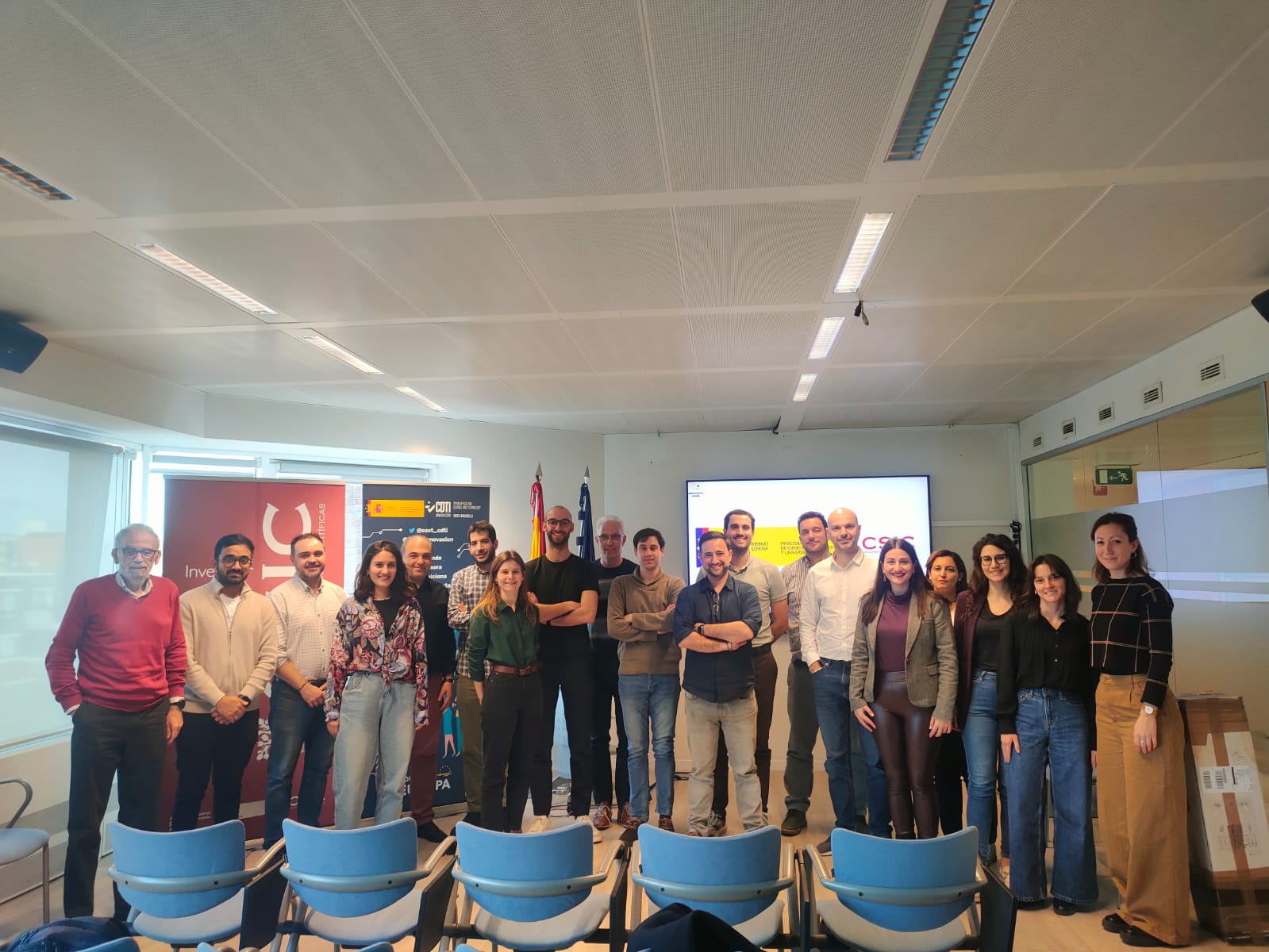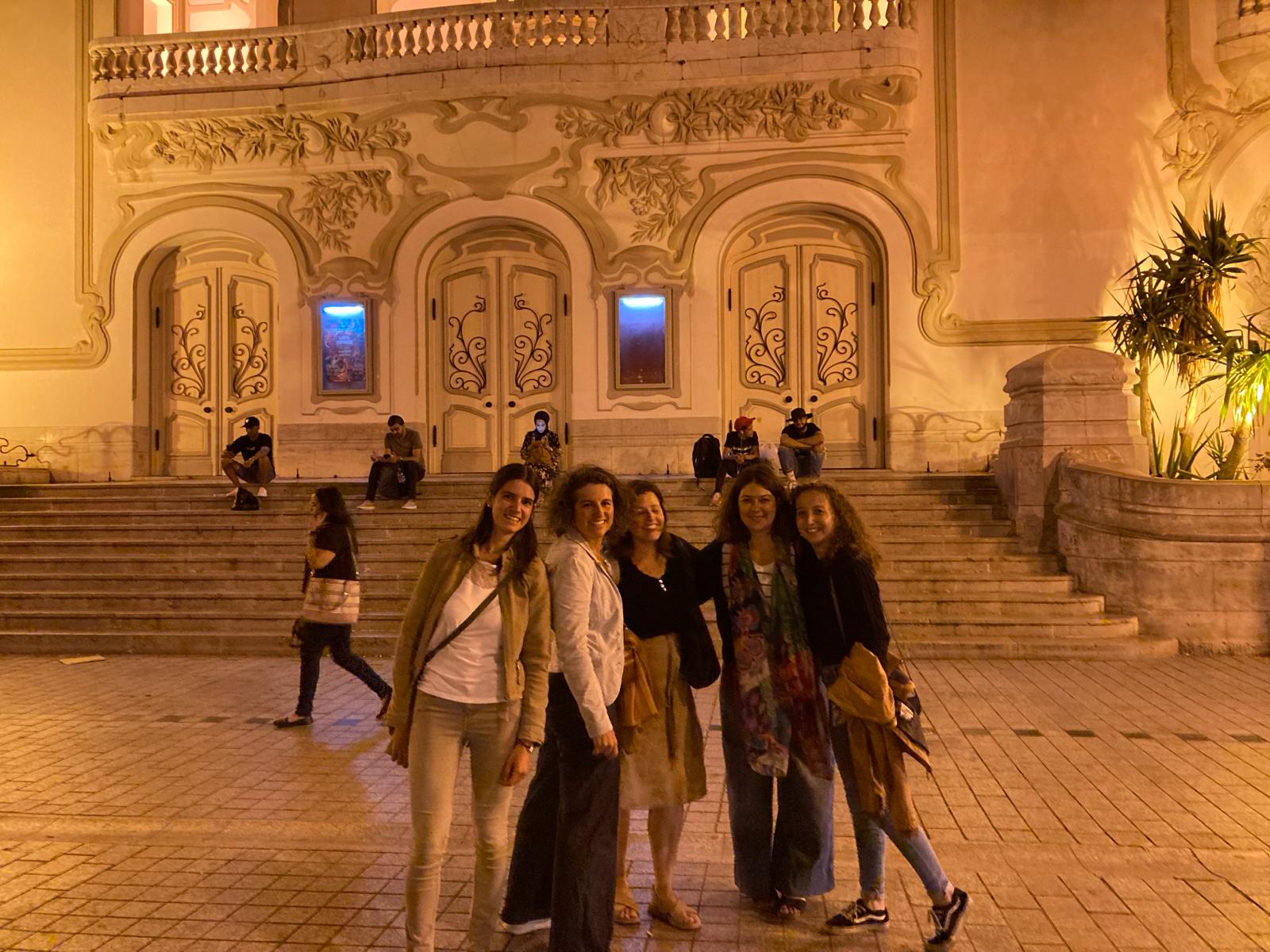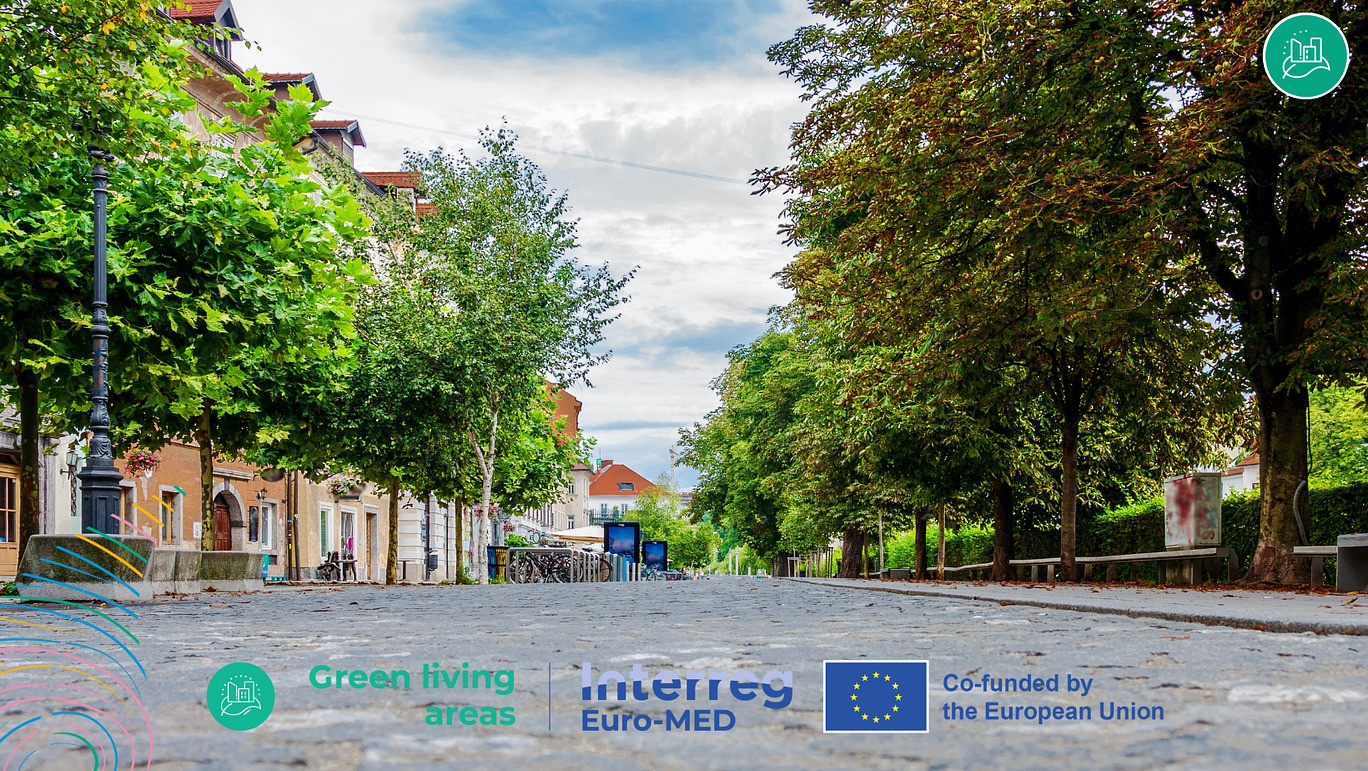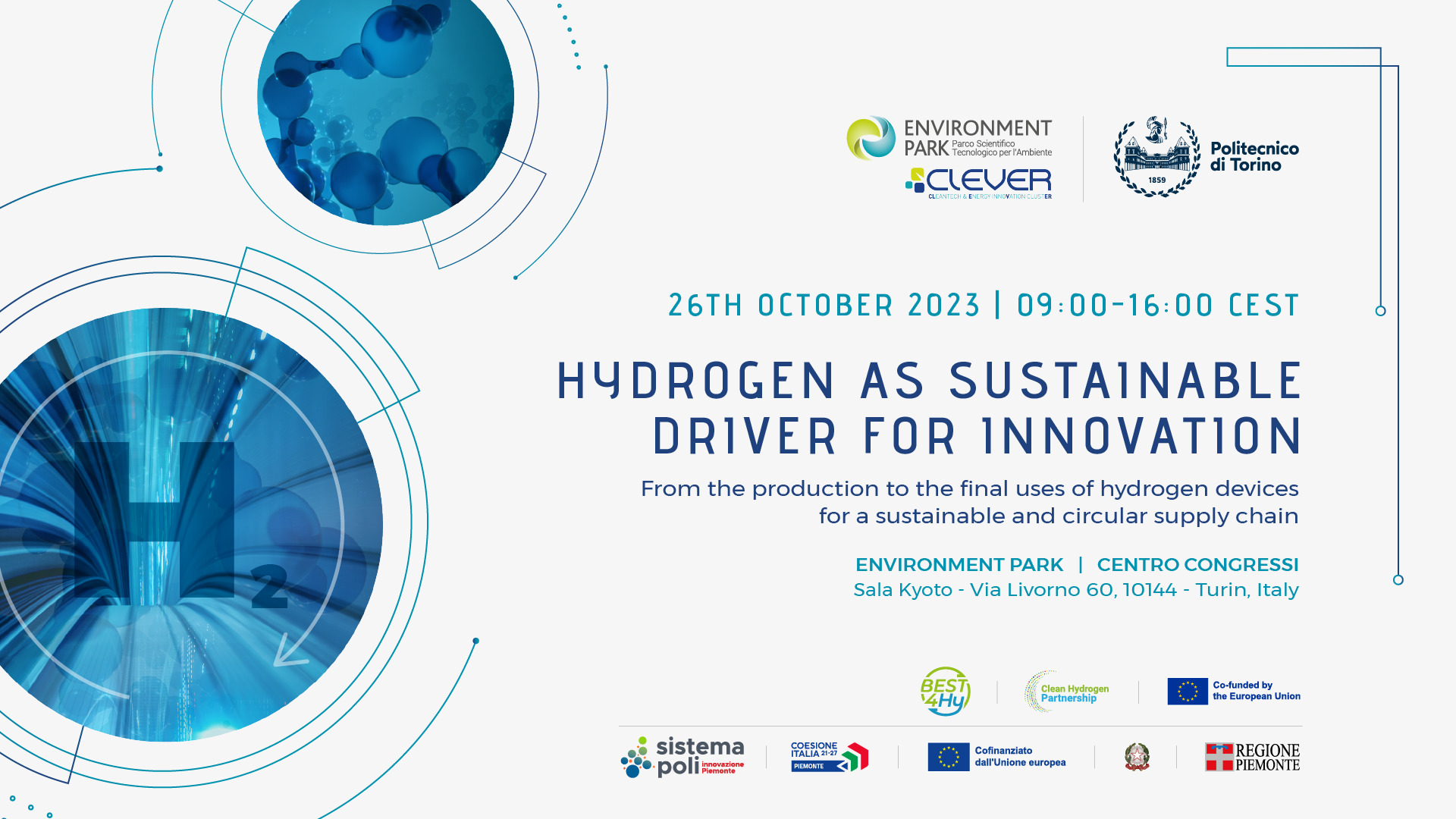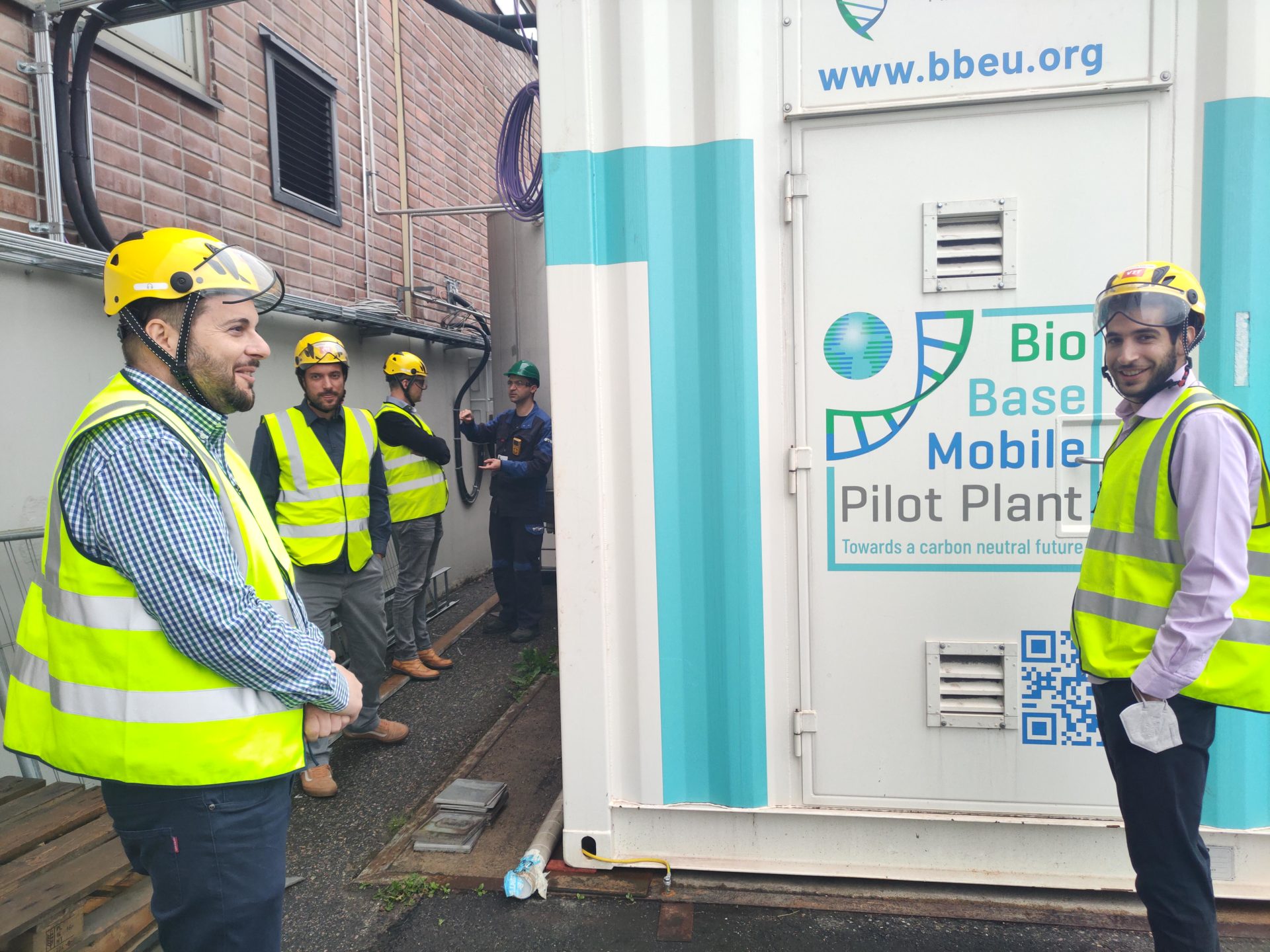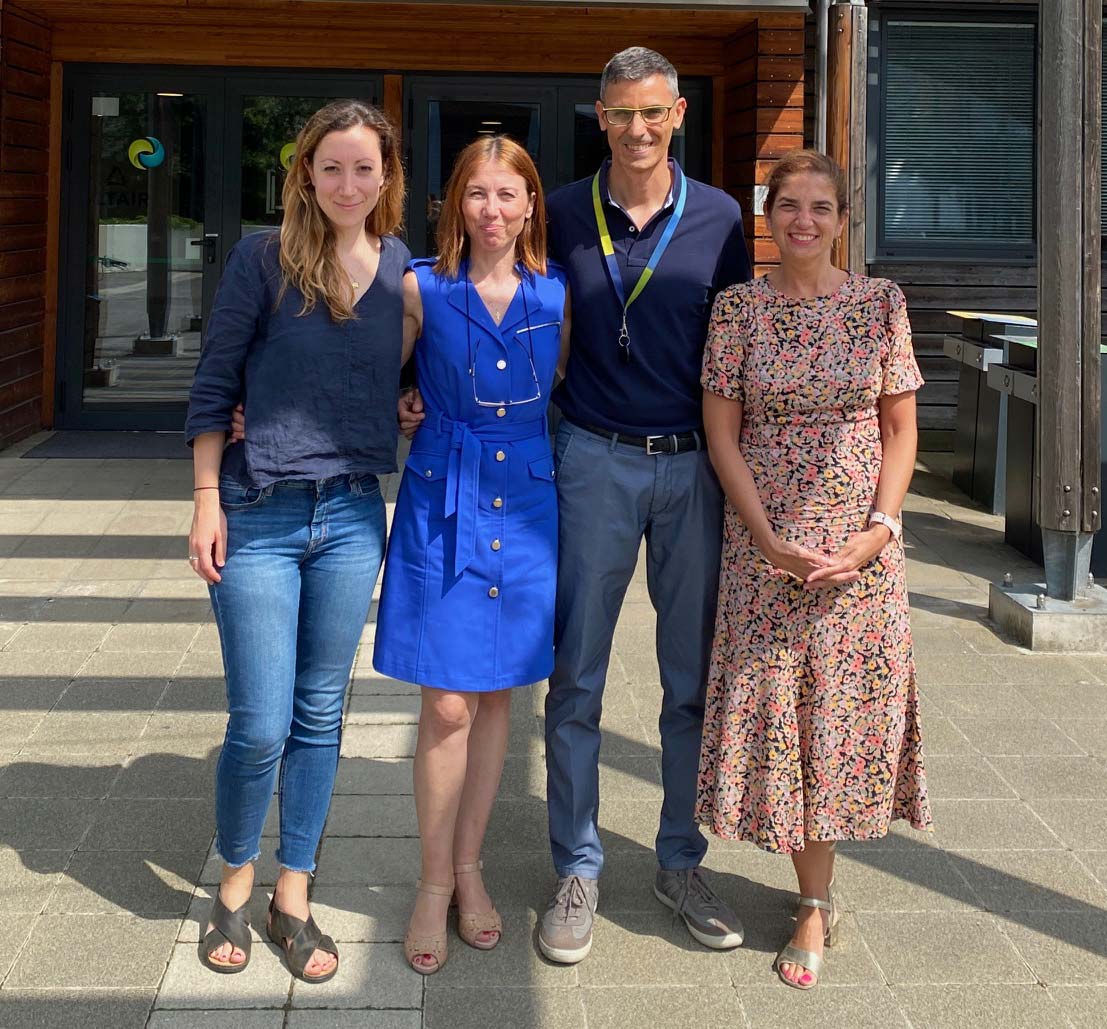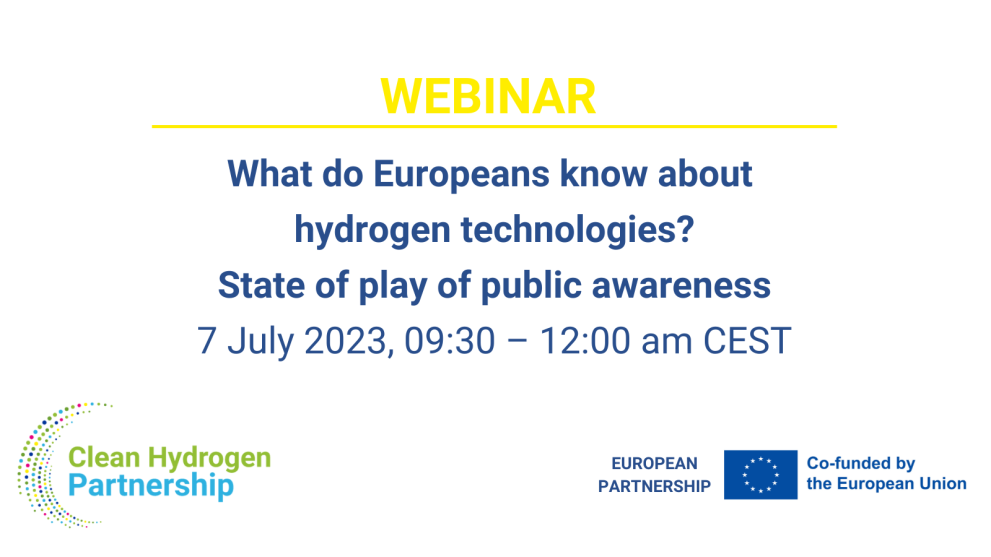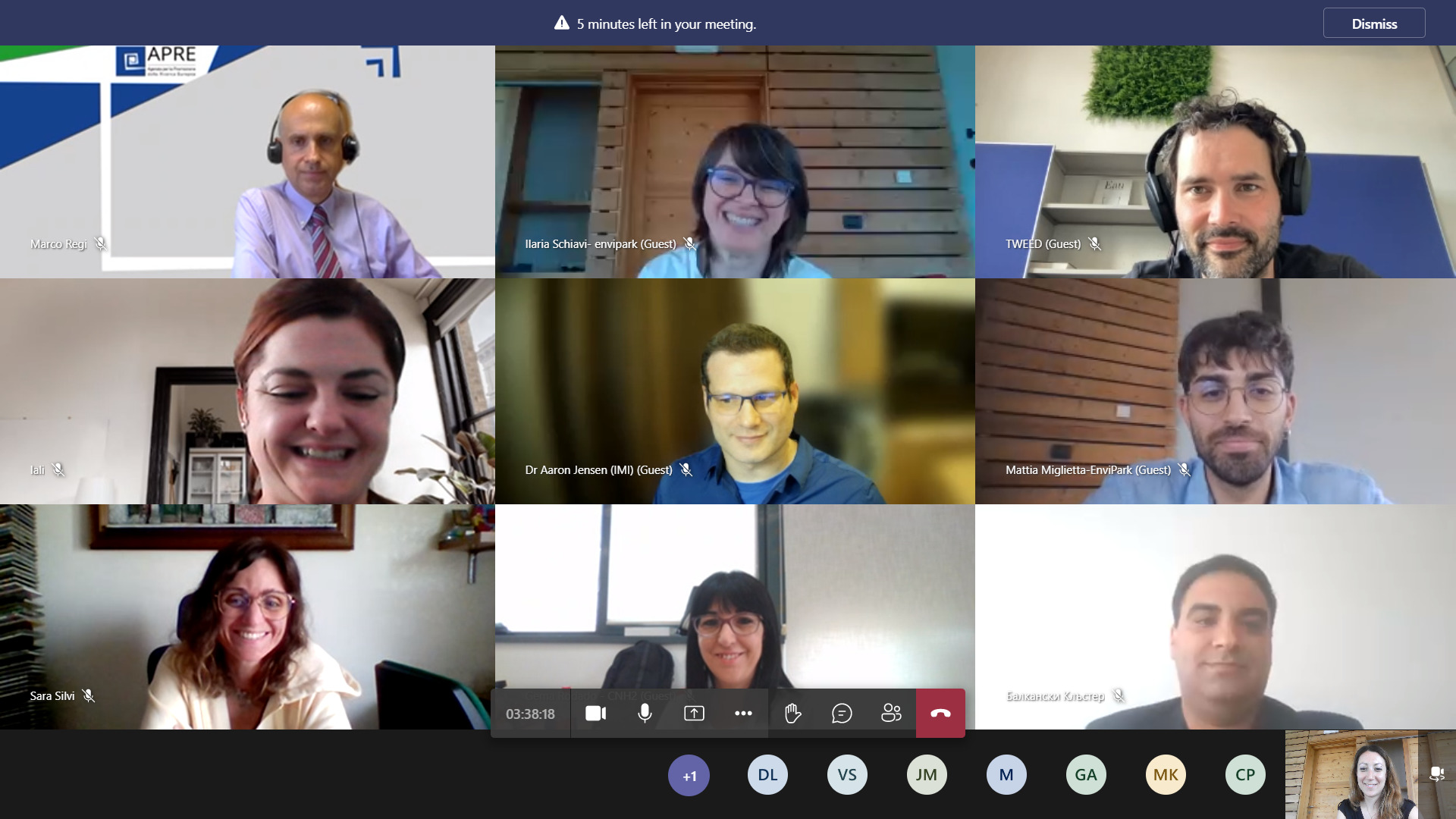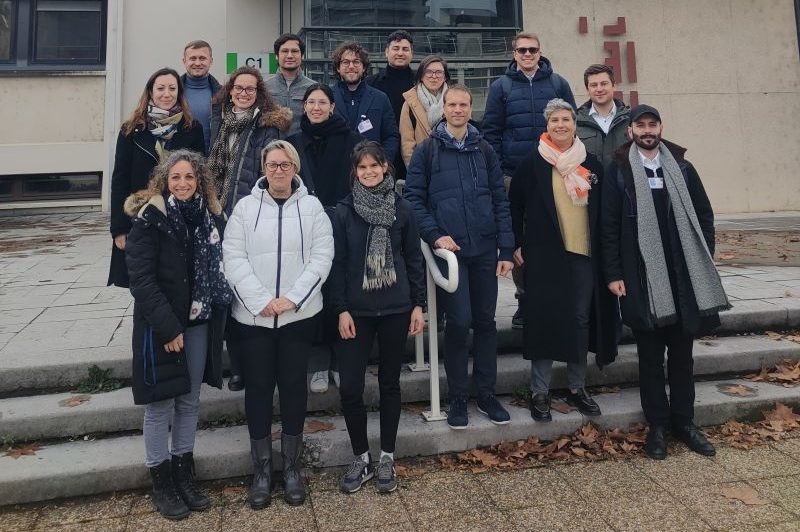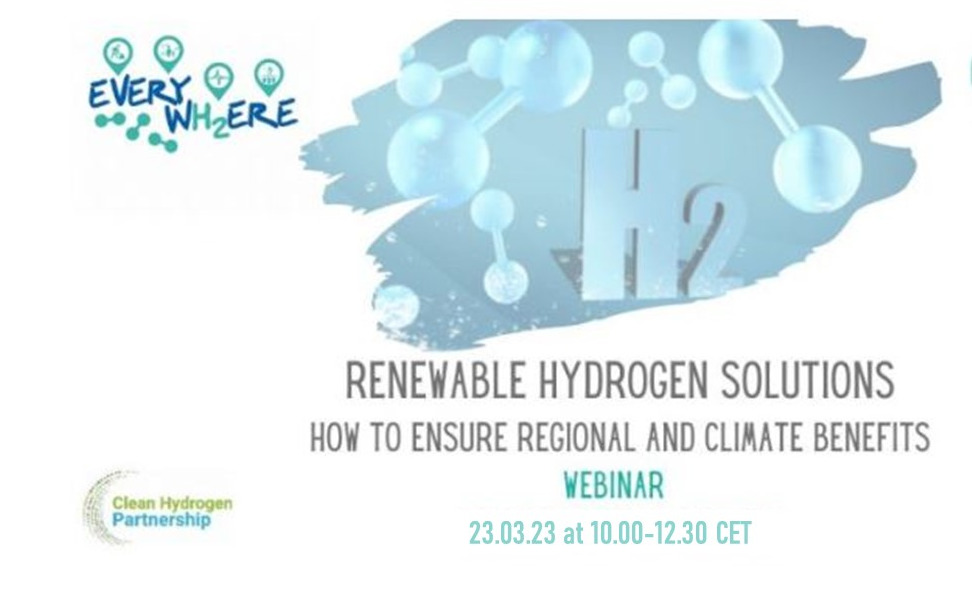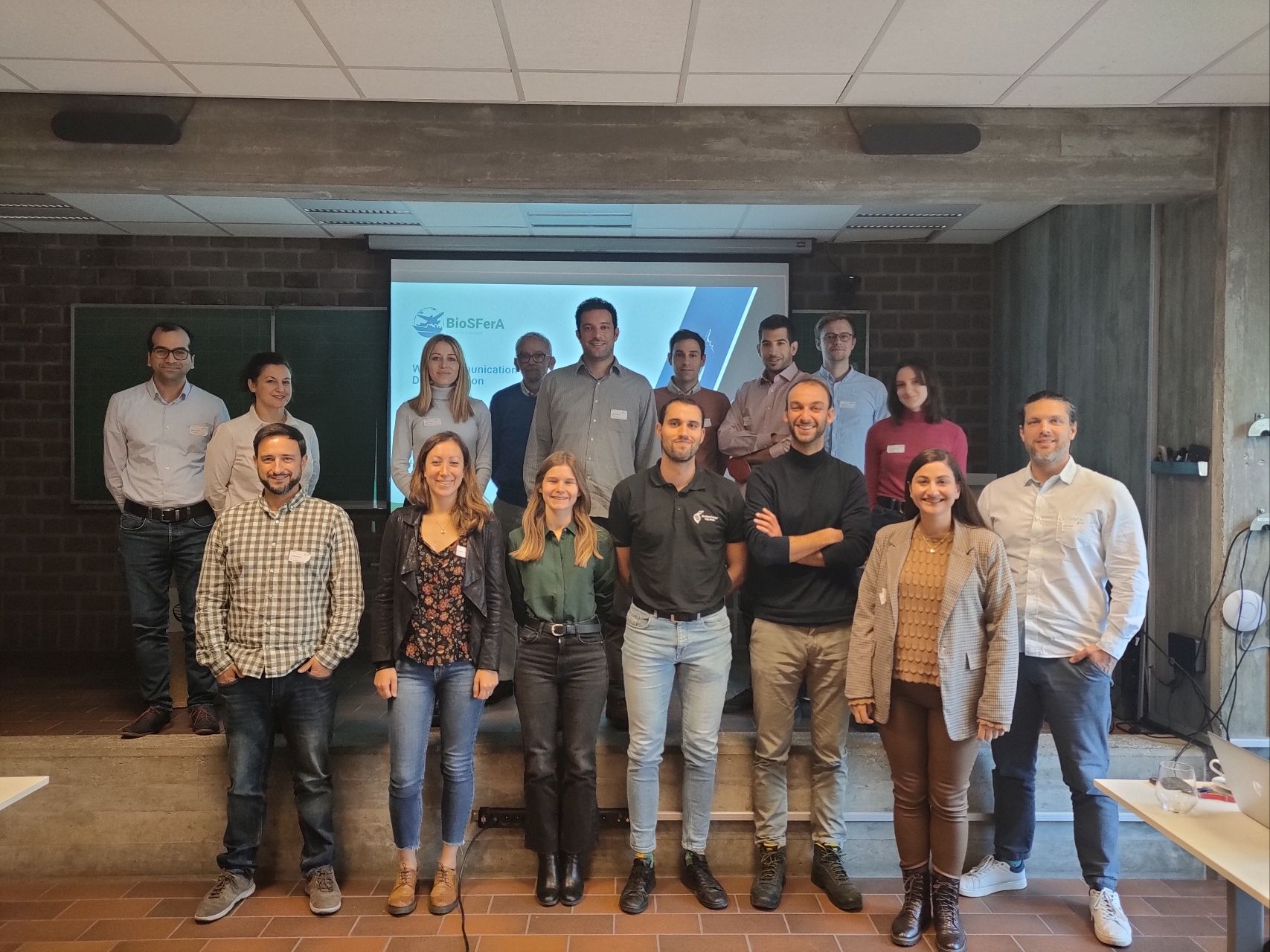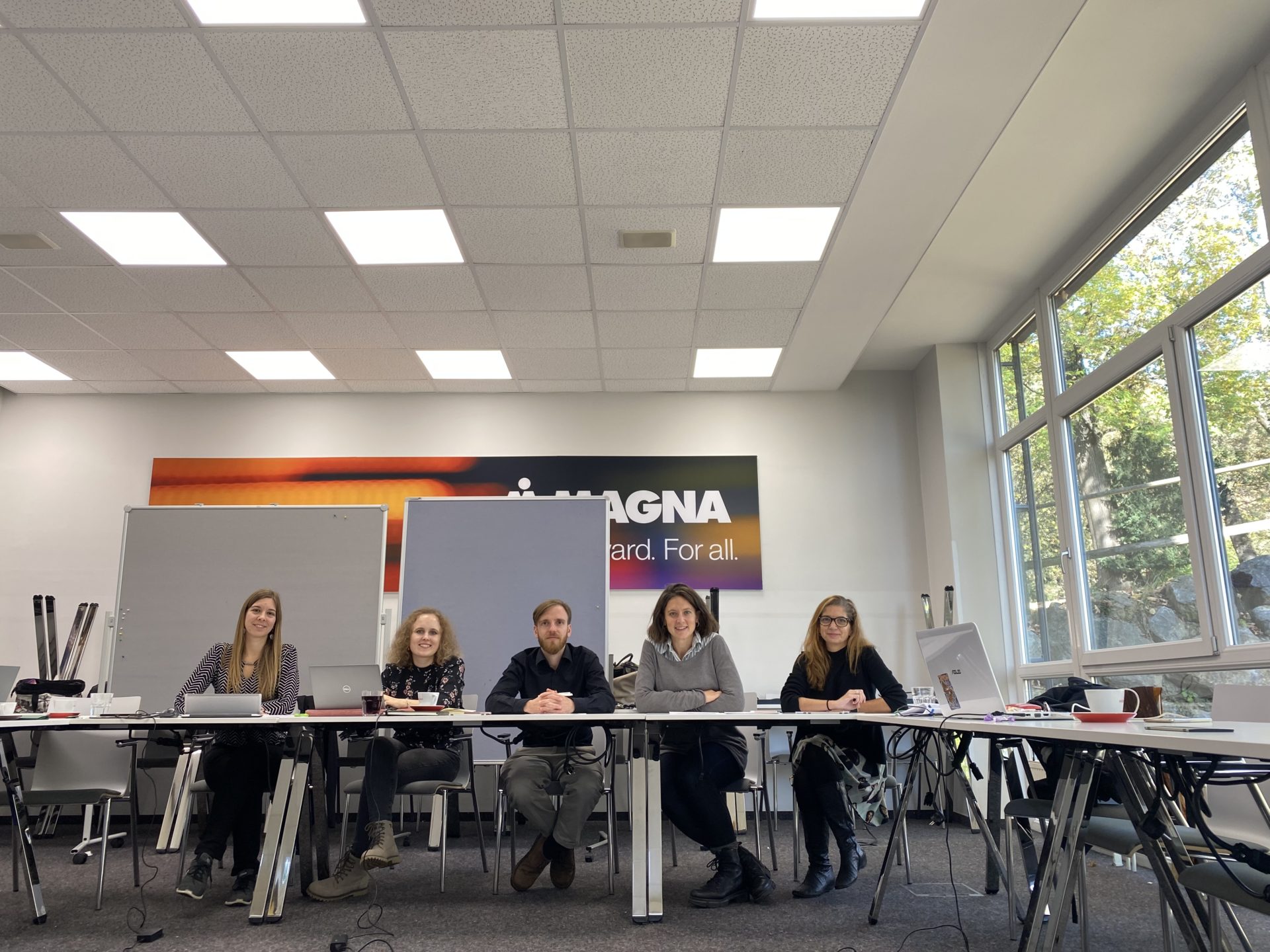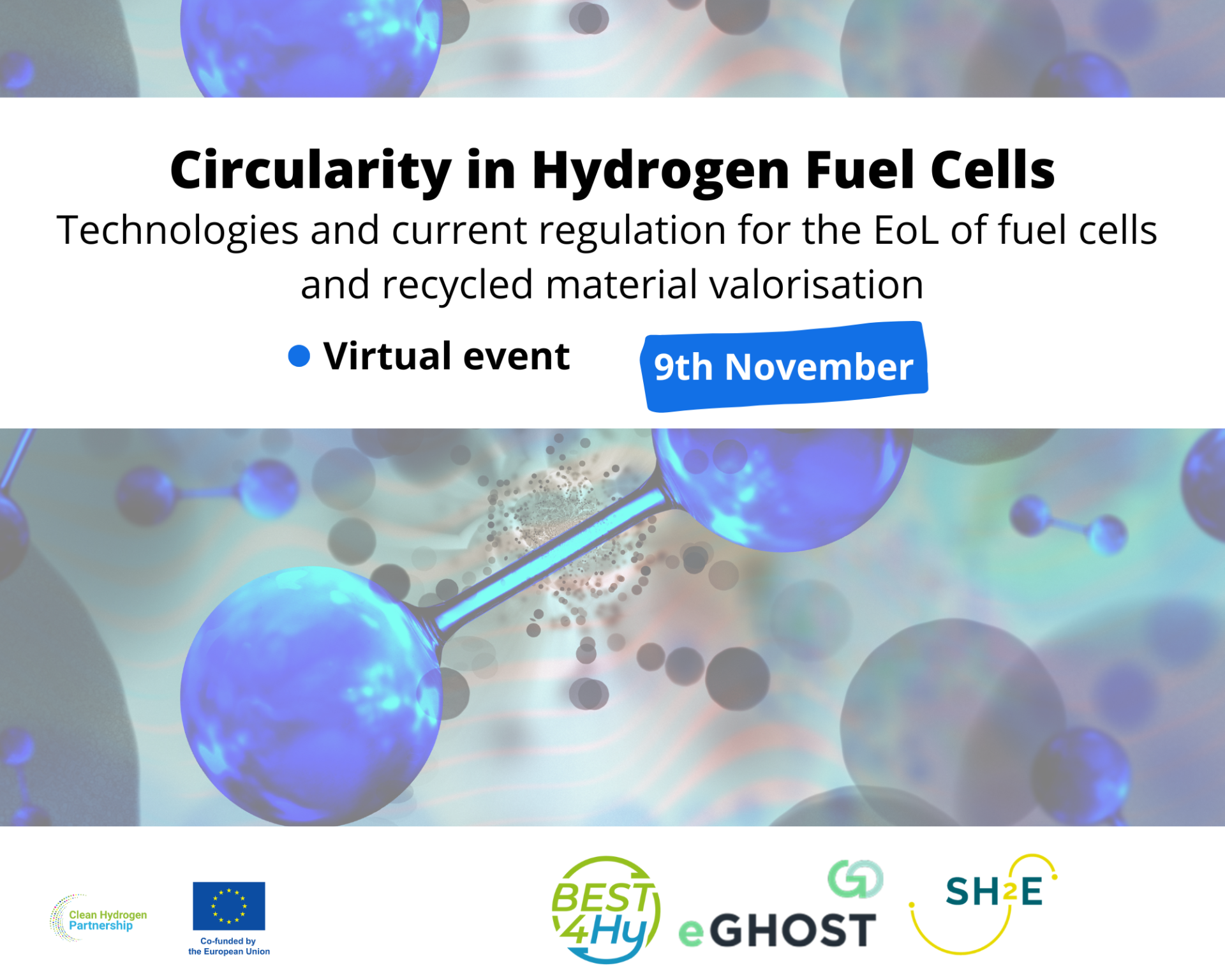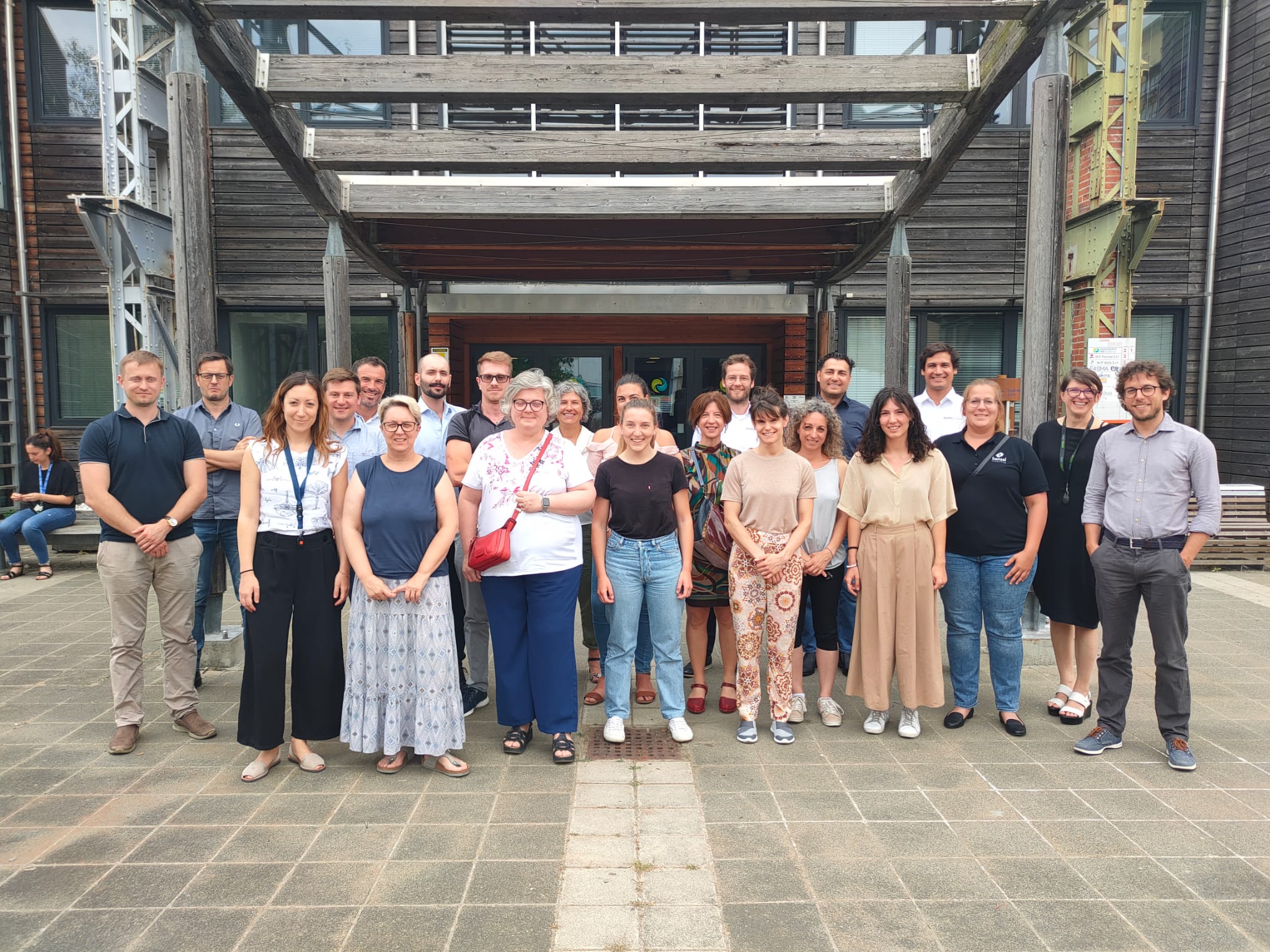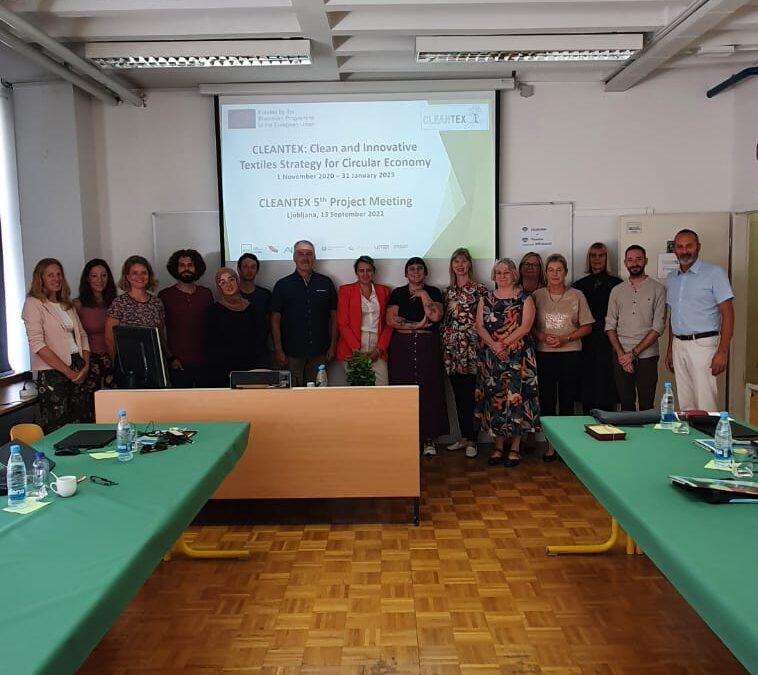BioSFerA project, in which Envipark is a partner, aims to develop a cost-effective production method of sustainable aviation and maritime fuels, by combining different technologies. Despite the Covid 19 restrictions, after one year since the beginning of the project, the first goals have been successfully achieved.
First of all CERTH carried out an assessment of the potential to replicate the BioSFerA concept across Europe at commercial scale. This assessment includes specific case studies in 4 European countries: Greece, Italy, Spain and Finland. In each country the consortium selected a location suitable to host a production plant with a 200 MWth capacity. Critical parameters for the selected region were the average feedstock cost and the suitable feedstock type. The assessment shows that even when calculating with the most conservative assumptions, it is possible to obtain biogenic waste feedstock for a maximum cost of 10€/MWh.
Secondly, together with the technology providers in the consortium, CERTH described a preliminary overall BioSFerA value chain. Process models were developed and various simulations with altering operational parameters were performed. The overall process can be separated in three distinct parts: the thermochemical part, the biotechnological part and the thermocatalytic part. Heat & mass balances were calculated and evaluated with a set of performance indicators.
VTT gasified five pelleted types of feedstock, i.e. forest residue, bark, straw, sunflower, olive pruning. The gasification tests confirmed that all the feedstock types may be used in the forthcoming pilot phase. Research also revealed that tar reforming is a prerequisite prior to syngas fermentation due to the significant presence of inhibiting components.
In parallel, the syngas fermentation to acetate has proceeded and five acetogenic strains in eight different media have been examined. Clostridia proliferate easily in YTF (fructose) medium and Moorella in TSB (Tryptic Soy Broth) medium. HCN, typically present in syngas from biogenic waste, may be an inhibitor of bacterial growth. However, all the selected strains became resistant to fairly high concentrations of HCN. C. autoethanogenum showed the highest consumption of CO & H2, while M. thermoacetica had the best performance in terms of microbial growth and acetate concentration. Genes have been selected to decrease or knockout ethanol production. Currently CSIC & BBEPP are mainly working with Moorella, while protocols are being developed to transform the Clostridia and Moorella strains by electroporation. All the described activities are highly active and the experiments are in progress.
Concerning the acetate fermentation for the production of TAGs, seven strains of the oleaginous yeast Y. lipolytica were tested. All the experiments were performed in shake-flask culture, which caused a slow growth of the yeast due to critical drop of the pH in the medium. As a result, the experiments must be reproduced in bioreactors. The main fatty acids in the produced TAGs are palmitic, linoleic and oleic acids. Protocols are under development to improve the production of TAGs, by metabolic engineering in the wild type yeast strains W29 or YB-392.
In Biosfera project Environment Park is in charge of the extraction and purification of the TAGs lipids from the oleaginous yeasts, which will be performed during the third project year.
Based on Environment Park experience in the field of renewable sources valorisation and biofuel production, this action is focus on steam explosion lipids recovery potentials and pathways, by applying the technologies actually available and considering different possible process parameters and process steps.
The extraction and purification are done by performing tests at pilot scale and generate purified lipids used by other partners by hydro-treatments for the final conversion into biofuels.
The TAGs recovery at pilot scale are achieved by the use of innovative technologies like steam explosion followed by mechanical extraction and centrifugation/membrane separation.
Link project website:
Link social media:
Linkedin
Twitter
Contacts:
Partner contact person:
Paola Zitella: paola.zitella@envipark.com
Project Lead partner:
Konstantinos Atsonios: atsonios@certh.gr
Centre for Research & Technology Hellas /
Chemical Process & Energy Resources Institute (CERTH/CPERI)

